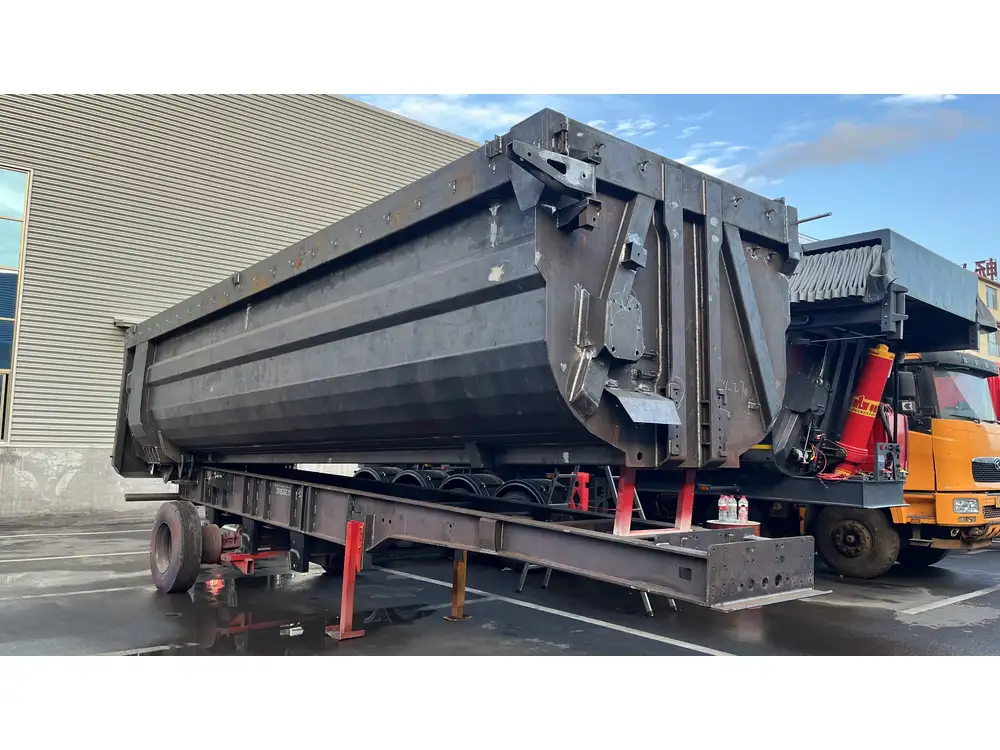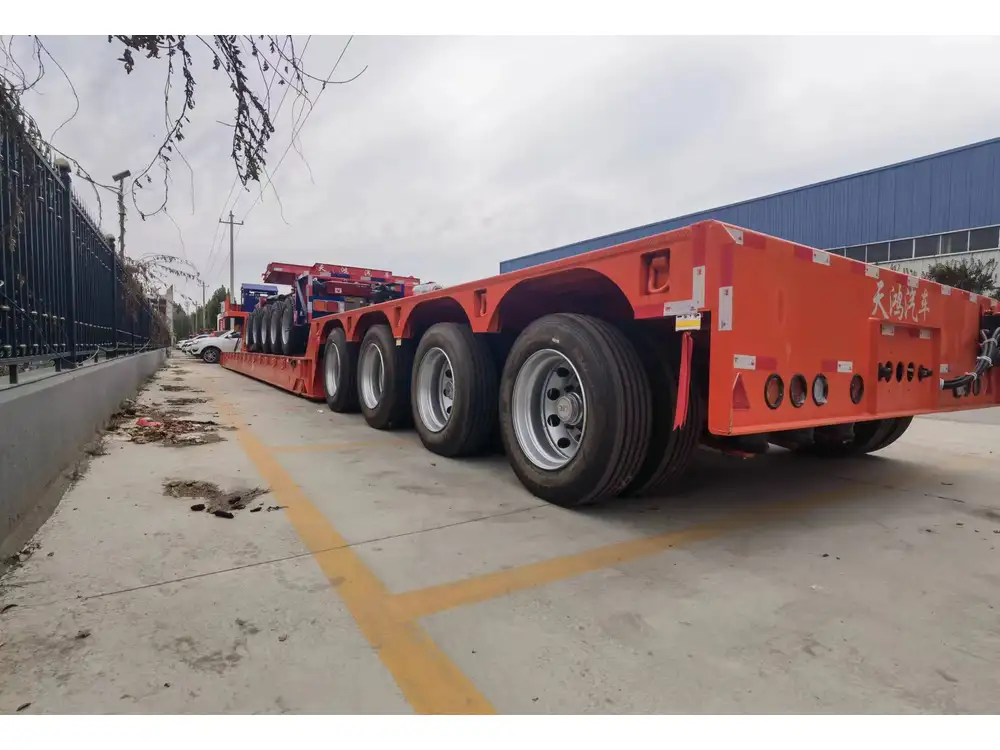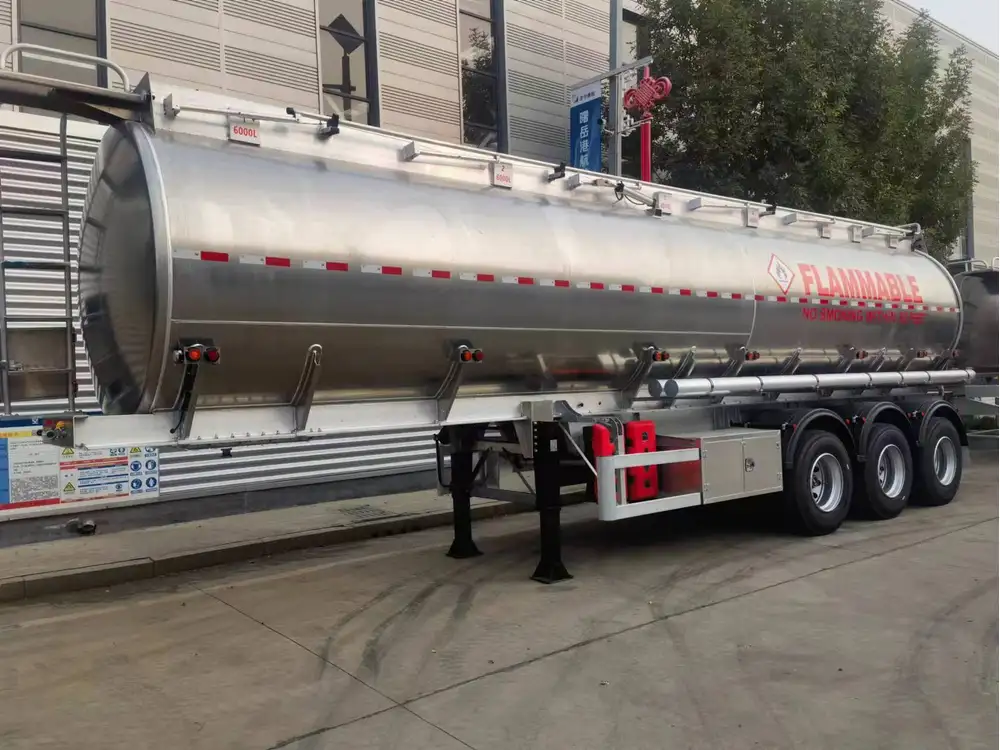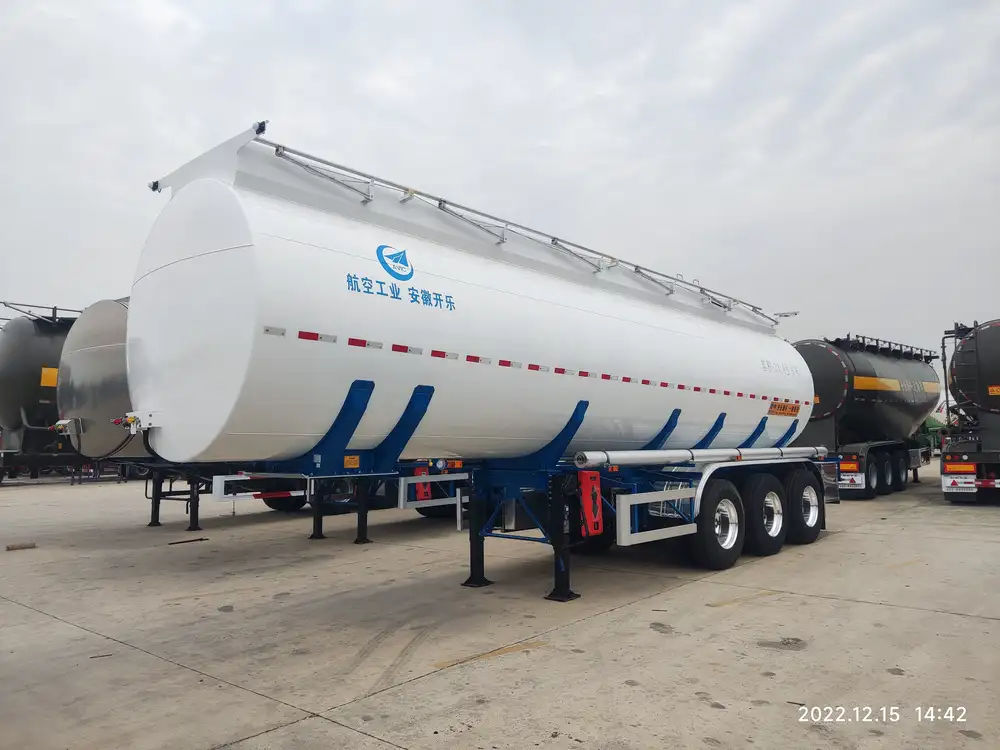Flatbed trailers are essential in the transport industry, providing a versatile solution for carrying various loads. Our objective is to dive deeply into the intricacies surrounding flatbed trailer dimensions, explore their capacities, and analyze the unique advantages they offer for transportation.
What is a Flatbed Trailer?
A flatbed trailer, as the name suggests, features a flat, open deck without sides or a roof. This design allows for easy loading and unloading of cargo, making flatbed trailers a preferred choice for transporting oversized or irregularly shaped items. Their construction allows for numerous configurations and adaptations, catering to various freight types.
Types of Flatbed Trailers
| Type | Description | Primary Uses |
|---|---|---|
| Standard Flatbed | The most common type, available in various lengths and widths. | Transporting pallets, construction materials, machinery. |
| Step Deck | Features a lower deck, ideal for taller cargo that can’t be accommodated on standard flatbeds. | Hauling large equipment, machinery, and oversized loads. |
| Double Drop | Two drops in the deck allowing for greater height clearance. | Transporting tall loads, such as oversized machinery and vehicles. |
| Conestoga | Equipped with a roll-top cover for protection against weather. | Transporting sensitive equipment or commodities needing shelter. |

Dimensions of Flatbed Trailers
When considering the size of a flatbed trailer, several factors come into play: length, width, height, and weight capacity. Understanding these dimensions helps manufacturers and clients determine their suitability for various applications.
Standard Dimensions
Length
Flatbed trailers are typically available in lengths ranging from 20 to 53 feet. The most common lengths include 40 and 48 feet. The variation is primarily dictated by the load type and transportation needs.Width
The standard width for a flatbed trailer is usually 8.5 feet (102 inches). Wider models up to 12 feet exist but are subject to legal restrictions on highways.Height
Although flatbed trailers are generally more flexible regarding height, the maximum legal height for loads is usually 13.5 feet. The deck height varies, but the standard is approximately 4.5 feet from the ground.Weight Capacity
Weight capacity can greatly vary, commonly ranging from 48,000 to 65,000 pounds depending on trailer specifications and their construction quality.
Variations According to Axles
The number of axles on a flatbed trailer can affect both its weight capacity and maneuverability. Most flatbed trailers feature two to three axles.
| Number of Axles | Total Weight Capacity | Ideal Load Types |
|---|---|---|
| 2 Axles | Up to 48,000 lbs | Standard loads, pallets. |
| 3 Axles | Up to 65,000 lbs | Heavier equipment, construction materials. |

Trailer Length in Use Cases
Flexibility in Length
Opting for a shorter trailer (e.g., 20 to 30 feet) provides greater maneuvering capabilities, crucial when delivering to tight urban areas.Longer Trailers for Volume
Conversely, longer trailers (e.g., 48 to 53 feet) optimize loads, allowing transporters to move larger quantities, reducing trips and thus operational costs.
Customization Options for Flatbed Trailers
Customization is a vital aspect for many users, catering to specific load requirements. Here are key features that can be tailored to suit business needs:
Side Railing and Staking
Adding removable side rails or stakes prevents cargo from shifting during transit, particularly essential for loose materials such as gravel and sand.Tie-Down Systems
Secure cargo with various tie-down options, including D-rings, E-track systems, and chains. The ability to customize these is crucial for maintaining load safety.Deck Material Choices
Common deck materials include wood, steel, or aluminum. Each has its benefits: wood is economical but less durable, while aluminum offers a lightweight, corrosion-resistant alternative.Integrated Equipment Options
Some trailers can feature built-in toolboxes or equipment storage systems, enhancing functionality and improving efficiency during loading or unloading processes.
Regulatory Considerations for Flatbed Trailers
While the design and dimensions of flatbed trailers provide numerous advantages, regulatory compliance is imperative. Here are essential factors to consider:
Weight Restrictions
Different states have varying weight limits for transporting loads on highways. Exceeding these limits can lead to heavy fines, hence the importance of understanding local regulations.Over-Dimensional Permits
For loads exceeding standard size limits, special permits may be required. These permits often come with additional restrictions, such as designated routes and timings.Load Securement Regulations
The Federal Motor Carrier Safety Administration (FMCSA) sets standards for securing loads. Ensure that your flatbed trailer meets these safety requirements to avoid penalties.

Common Uses of Flatbed Trailers
Flatbed trailers are utilized across various industries due to their flexibility. Here are some prominent applications:
Construction Industry
Flatbeds are vital in transporting construction materials like steel beams, lumber, and machinery—their open design allows for quick loading/unloading, catering to time-sensitive project demands.
Agriculture
In agriculture, flatbed trailers transport farming equipment, harvested crops, and livestock. The flat surface makes them suitable for carrying bulky or heavy machinery from one site to another.

Manufacturing and Warehousing
Manufacturers rely on flatbed trailers for transporting products to distributors. Their ability to hold large quantities and facilitate easy loading makes them a cornerstone in supply chain logistics.
Road and Rail Transport
Flatbeds are frequently employed for intermodal transport. They can efficiently switch between road and rail, enhancing overall delivery efficiency.
Benefits of Using Flatbed Trailers

Versatile and Adaptable
Flatbed trailers can accommodate various cargo types, making them incredibly versatile. Their customizable features can adapt to meet the needs of different industries and specific loads.
Cost-Effective
With the ability to maximize load volume and minimize trips, flatbed trailers can lead to significant cost savings. The efficient design also contributes to lower operational costs.
Ease of Use
The open design of flatbed trailers allows for quick and straightforward loading processes. Forklifts and cranes can access the cargo easily, expediting transportation.

Conclusion
Flatbed trailers stand out in their capacity and adaptability to meet complex transportation needs. Understanding their dimensions, weight restrictions, and various configurations helps businesses select the perfect trailer for their requirements. As we have explored, these trailers are not only functional but also integral to various industries ranging from construction to agriculture and beyond.
In the transport industry, having the right flatbed trailer on hand can make all the difference between efficiency and operational delays. For businesses aiming to optimize their logistics and enhance productivity, investing in a quality flatbed trailer is an intelligent, strategic decision.
In summary, the dimensions are just one piece of the puzzle; consider your unique needs and regulatory framework when making your choice. Embrace the versatility of flatbed trailers to streamline your operations and facilitate seamless transport solutions.



